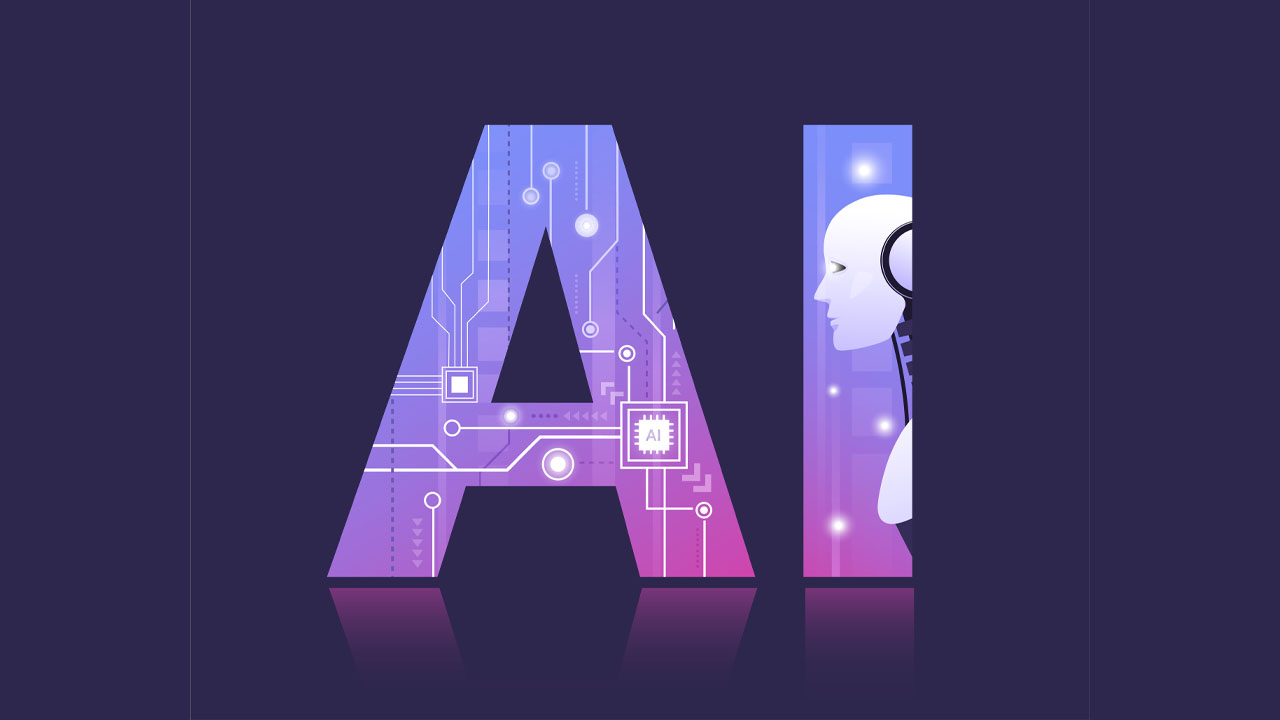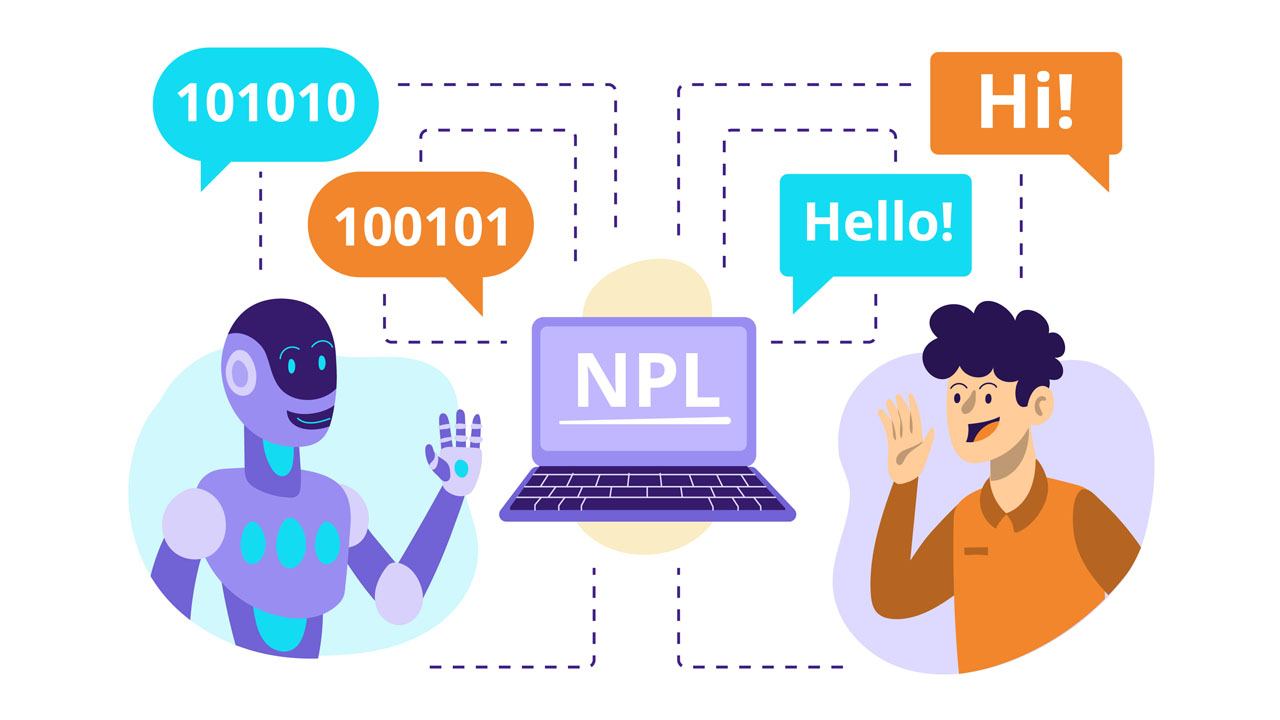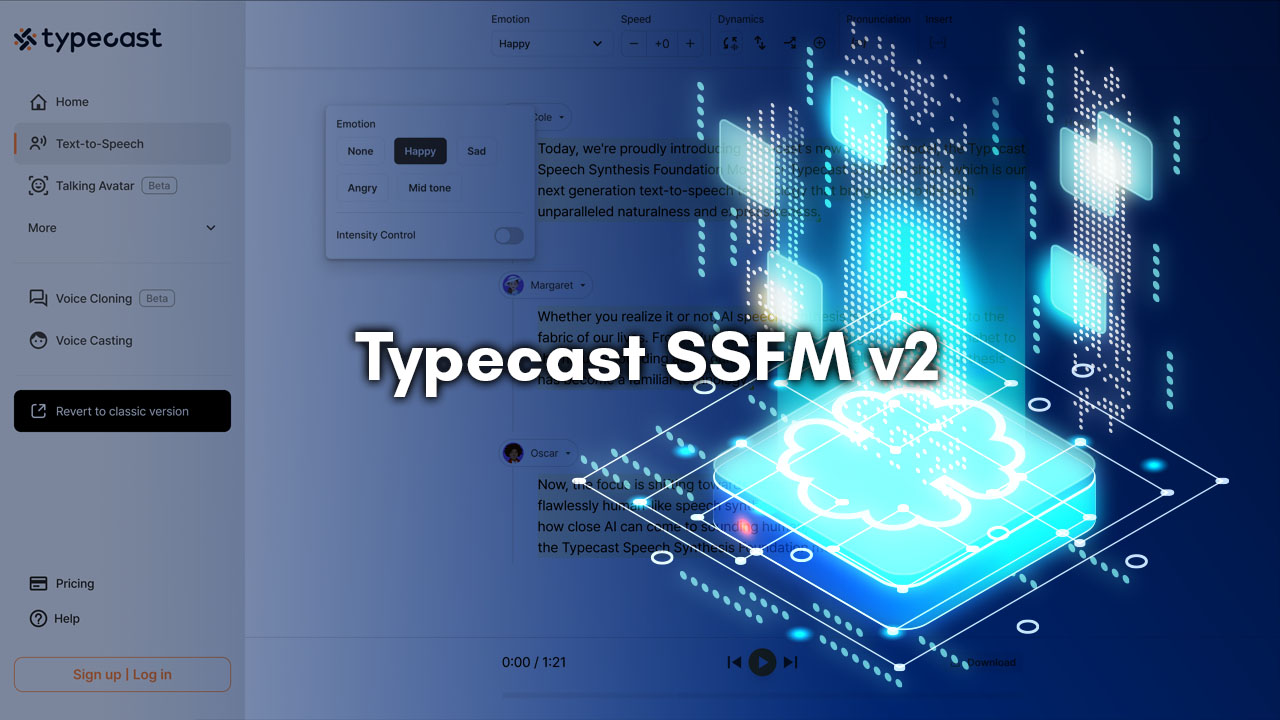The evolution of human society was made possible by language and communication, so it’s reasonable for us to want the same level of advancement for computers. However, we struggle with the massive amounts of language data we encounter daily. If computers could handle large-scale text and voice data with precision, they could revolutionize our lives. Natural Language Processing (NLP) has led to many innovations like Alexa and Siri.
Training a machine model to understand human languages is challenging due to the complexity of languages. In addition, countless nuances, dialects, and regional variations take much work to standardize. The latest breakthrough in natural language processing is Text-to-Speech (TTS) – a form of NLP that can convert written data into audio files with excellent speech quality. This blog post will examine how text-to-speech revolutionizes natural language processing and its applications.
What is natural language processing?
Natural language processing is an interdisciplinary subfield of linguistics, computer science, and artificial intelligence that deals with the ability of computers to understand, interpret, and generate human language. It analyzes large amounts of natural language data to understand how humans communicate. Natural language processing has existed since the early 1990s, but it has become increasingly important as technology advances and more data becomes available.
Natural language processing allows computers to interpret and manipulate human language, making it possible to understand what people are saying or writing and respond accordingly. NLP has become increasingly important due to its potential applications in various fields, like healthcare, finance, and education. In addition, it can be used for AI tools and to automate tasks like chatbots, voice generators, and more.
How does natural language processing work?
NLP analyzes the structure and meaning of natural language to extract useful information from it. NLP also uses syntax to assess and determine the significance of a language based on grammatical rules. Parsing is a syntax technique that involves analyzing the grammar of a sentence.
Using syntax techniques involves breaking down the text into smaller components, such as words or phrases, and then using algorithms to identify patterns in the data. Once these patterns are identified, they can be used to generate output, such as a text-to-speech model or lifelike voices.
What is text-to-speech technology?
Text-to-Speech technology is a type of speech synthesis that transforms written text into spoken words using computer algorithms. It enables machines to communicate with humans in a natural-sounding voice by processing text into synthesized speech. TTS systems typically use a combination of linguistic rules and statistical models to generate synthetic speech.
What is speech synthesis?
Speech synthesis refers to the process of using a computer to produce artificial human speech. It’s a generative model commonly used to convert written text into audio information and is utilized in voice-enabled services and mobile applications.
How do TTS tools work?
Natural language processing helps address these challenges by providing tools for understanding how humans communicate through their choice of words and phrases when speaking or writing. TTS systems can then use this understanding to generate more accurate synthetic speech reflecting the input text’s intended meaning. As a result, TTS technology has become increasingly important in modern communication as it allows machines to interact with humans more effectively than ever before.
Applications of natural language processing

NLP can be applied in various fields, such as sentiment analysis, chatbots, language translation, etc. Here are some examples:
- Sentiment Analysis: This type uses algorithms to analyze text data for sentiment or opinion expressed by the author. Businesses can use this to gain insights into customers’ views about their products or services.
- Voice Assistants and Chatbots: These computer programs use natural language processing technology to respond to commands by users. They can be used to play music, set reminders, or answer questions about products or services. Chatbots are similar but interact with users through text messages instead of voice commands.
- Email Filtering: This involves sorting emails according to specific criteria, such as sender address or subject line, using natural language processing algorithms. This can help reduce spam emails and make it easier for users to find relevant emails quickly without manually sorting them all individually.
- Language Translation: this application enables computers to automatically translate text from one language into another using algorithms trained on large datasets of translated sentences from different languages. This can help people communicate with each other across languages without having to learn multiple languages firsthand.
Is speech synthesis related to NLP?
There’s nothing like a good old conversation about speech synthesis and NLP. But to answer the burning question, yes, speech synthesis is indeed related to NLP. Speech synthesis, also a subfield of NLP, deals with converting text into spoken language.
Without NLP, speech synthesis would be nothing more than a robot monotone voice reciting words on a page. So, next time you listen to Siri, Alexa, or hear any other virtual assistant speak, you can thank NLP for enabling that human-like tone to be achieved.
Can NLP help create synthetic voices for content creation?

Natural language processing can create synthetic voices for content creation. NLP can generate speech almost indistinguishable from authentic human voices using sophisticated algorithms and models. This technology is becoming increasingly popular, allowing businesses to save time and money instead of hiring voice actors or recording real-life audio.
Furthermore, NLP enables personalized speech customized to the user’s preferences. This can help create a more immersive, personal, and engaging customer experience when interacting with digital content.
How does NLP apply to text-to-speech technology?
The text-to-speech technology utilizes algorithms that process natural language and speech synthesis to automatically convert written text into spoken words without a human intervening. Using NLP technologies and TTS tools together allows people with difficulty reading due to physical disabilities to access written material without having trouble understanding it. In addition, this technology provides easy access to educational materials for people facing financial constraints who need help to purchase books.
NLP techniques help TTS tools understand written words and convert them into natural-sounding speech. With an advanced NLP framework for high-quality TTS synthesis systems, developers can create more realistic synthesized speech. However, two essential components are needed to make this system function properly: a stage for natural language processing and speech synthesis.
Does an AI voice cloner use NLP?
Yes, an AI voice cloner does use NLP. Voice cloning is a technology that uses AI and TTS technology to clone a recorded human voice. It mimics a speaker’s intonation, pronunciation, and other characteristics to create a clone or a virtual copy of the original voice.
To achieve this, the AI voice cloner must first analyze and record the audio input using an NLP algorithm. This allows it to extract information about other vocal characteristics of the speaker. This information is then used to create a virtual clone or a replica of the original voice. By combining AI and NLP, this technology can create realistic synthetic voices that sound just like the natural person.
Voice cloning is another powerful tool for content creators, allowing them to easily create voices for their digital content without hiring voice actors or recording audio.
Can NLP be used to create a deepfake voice?

Yes, NLP can be used to create a deepfake voice. Deepfakes are AI-generated audio clips that mimic the sound of a natural person’s voice. They can generate realistic-sounding audio clips of the target voice that can easily be mistaken for an authentic voice using natural language processing, audio synthesis, and AI algorithms.
An excellent example is the Barrack Obama voice generator, which uses NLP and AI algorithms to generate a voice resembling that of the former US president. People often use cloned voices to have fun, create original content, or play pranks on their loved ones. Specific AI software lets you use the cloned voice as-is or modify it with tone, intonation, and rhythm variations to produce a slightly different custom voice-over.
Although there is no legislation regarding the voice cloning of famous people and other public figures, creators should still be careful and ensure they work with files not protected by copyright.
Pros And Cons Of TTS
Everything technology has pros and cons, and TTS technology is no different. However, there are many advantages of TTS technology, including:
- Its ability to save time by automating tasks that would typically require manual labor.
- Your content can reach visually impaired people.
- Using TTS tools is cost-effective compared to hiring professional voice actors.
- TTS tools are more flexible when creating different types of voices for other purposes.
Most TTS tools have a library of male and female voices or can emulate different accents and languages. However, traditional challenges in TTS include generating natural-sounding voices that accurately reflect the intended meaning of the input text. There are also some issues, such as awkward generations when speaking, which can make conversations seem robotic, and difficulty understanding complex sentences, context, emotions, etc.
There are limitations to NLP systems in TTS tools. Computers can have a hard time understanding the context of natural language data. They may need help interpreting slang words or idioms. Moreover, they might not be able to identify when someone is being sarcastic or ironic.
How to create memorable audio files for your content needs
Text-to-speech technology has come a long way over the years, thanks partly to advances in natural language processing algorithms that allow computers to understand human language inputs better. These advancements bring new opportunities for businesses and consumers who want access to powerful, easy-to-use communication tools. At Typecast, we create and harness the power of NLP and TTS systems to enable our customers to quickly create memorable audio files for various content needs.
Our platform offers a wide range of features allowing you to create engaging audio files from scratch or use existing text. In addition, you can customize how your audio file sounds by selecting different voices, accents, and languages.
Use your own voice with NLP and text-to-speech with Typecast
Text-to-speech technology has come a long way and is now essential to content creation. With the help of natural language processing algorithms, Typecast makes it easy for businesses and individuals to create engaging audio files from scratch or by using existing text.
If you’re not into creating memes or using celebrity impersonations, text-to-speech technology can also create audio files that feature your unique voice. Our text-to-speech system makes creating audio files that sound just like you easy. We use natural language processing and machine and deep learning algorithms to understand your voice and generate audio files that accurately represent it.
Our platform offers various customization options for voiceovers, allowing you to create unique audio files with just the right tone. You can adjust the speed, intonation, pitch, and more to make your audio files sound exactly like you. In addition, with our platform, you can create custom voices and accents to boost your channel’s traffic and stand out from other creators.









